
On the 45th anniversary of the Apollo 11 landing, Phil Plait wonders what the hell happened to the Dream of Space in America. “Venturing into space is not just something we can do. It’s something we must do.”
Haunting the Web Since 1999

On the 45th anniversary of the Apollo 11 landing, Phil Plait wonders what the hell happened to the Dream of Space in America. “Venturing into space is not just something we can do. It’s something we must do.”
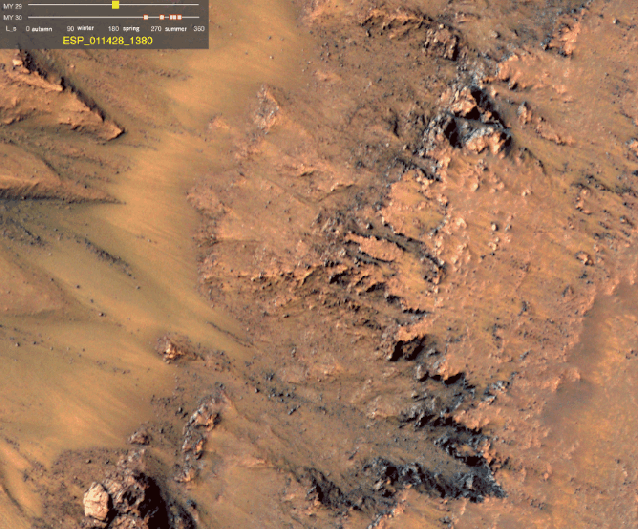
Via io9, Scientists at NASA’s JPL find the strongest evidence of currently extant water on Mars yet. “We still don’t have a smoking gun for existence of water…Although we’re not sure how this process would take place without water.”
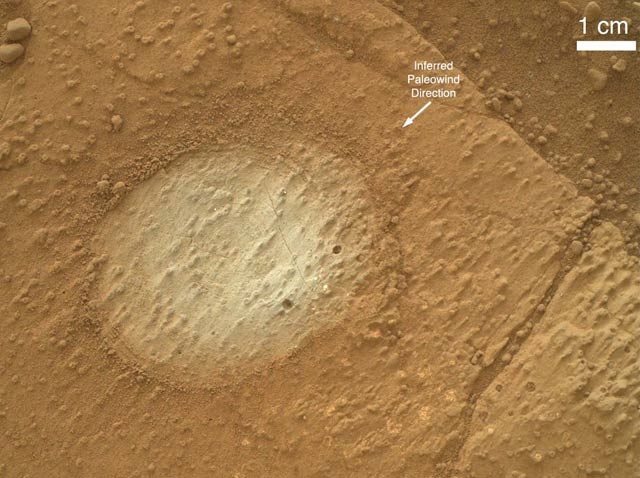
Where do bad folks go when they die? They don’t go to heaven where the angels fly. Mars? Hrm…well, maybe. Curiosity finds the remnants of what appears to be an ancient Martian lake in Yellowknife Bay, part of Gale Crater. Unfortunately, “[e]ven if there were fossils in the mudstone, Curiosity doesn’t have the right kind of equipment to see them. That job will be left to the Mars rover set to launch in 2020.”
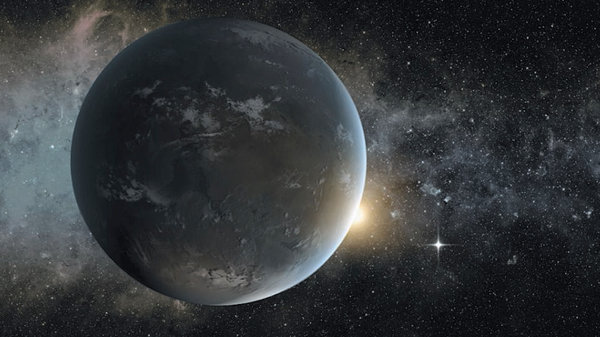
Of late, astronomers have been finding new planets all the time, including one right in our cosmic backyard. Still, these two seem special: NASA has found two of the most Earth-like planets yet in Kepler 62f and Kepler 62e, 1200 light years away.
“The Kepler 62 system resembles our own solar system, which also has two habitable planets: Earth and Mars, which once had water and would still be habitable today if it were more massive and had been able to hang onto its primordial atmosphere.”
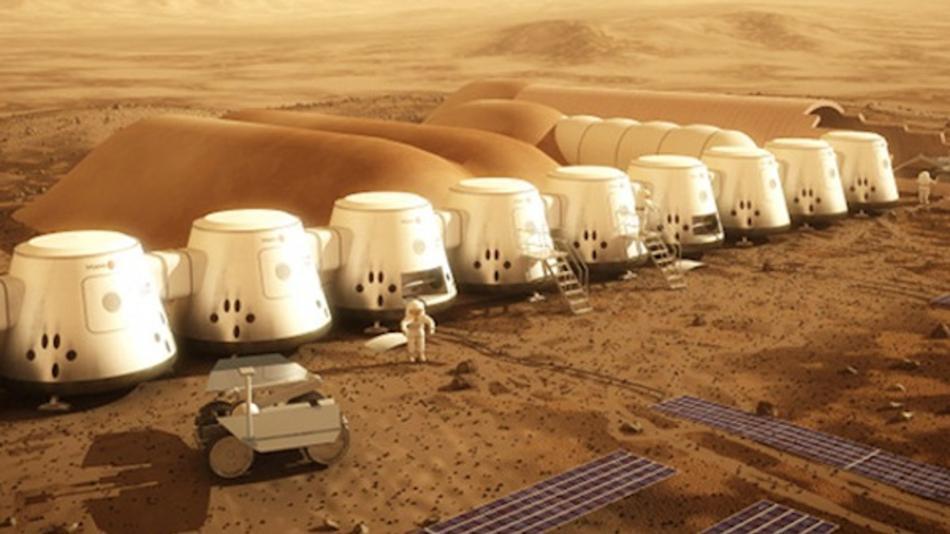
James Fallows speaks with Space Adventures co-founder Eric Anderson on the coming age of space colonization. “One key to making all this happen is that we need to use the resources of space to help us colonize space…The near-Earth asteroids, which are very, very close to the Earth, are filled with resources that would be useful for people wanting to go to Mars, or anywhere else in the solar system. They contain precious resources like water, rocket fuel, strategic metals.”
Along the same lines, and from last June, a Dutch company called Mars One has a very specific timetable in place for Mars colonization. “Lansdorp plans to send another couple of adventurous astronauts to join the colony every two years, but the idea is that no one gets a return journey. This is a permanent base, a Plymouth Rock in an entirely new world that will begin the long, slow and painstaking process of terraforming it.” The first four colonists, set to leave Earth in 2023, will be chosen this year.
Update: So far, it seems, the Mars One project has received 40,000 applications.

An auspicious site for New Rome: Seven hills on Mars are named after the fallen astronauts of Columbia. “Spirit would go on to spend several years exploring the Columbia Hills until, struggling in the Martian soil, it would finally cease to function in 2010. Which — striving and striving, until you can strive no more — seems an appropriate tribute to seven people who gave their lives so that the rest of us might forge ahead.”
“Under the agency’s procedures, the box should not have been opened without knowledge of a NASA scientist who is responsible for guarding Mars against contamination from Earth. But Planetary Protection Officer Catharine Conley wasn’t consulted. ‘They shouldn’t have done it without telling me,’ she said. ‘It is not responsible for us not to follow our own rules.’“
It seems NASA’s Curiosity may have inadvertently brought Terran microbes along with it, which could become hugely significant if the robot encounters water, in which case they become either the potential seeds of new life on Mars and/or the 21st-century equivalent of the smallpox blanket. Er…oops.
Meanwhile, while we’re bringing life to Mars, Jupiter may have once again protected us from a Deep Impact/Melancholia-like disaster. “This is the third time since 2009 amateur astronomers have witnessed an impact flash on Jupiter. The massive gas giant, which exerts considerable gravitational pull, is something of a cosmic whipping boy in our solar system, regularly shielding inner planets like Earth from potential collisions.” So, if you’re keeping score at home, that’s Jupiter 3, Bruce Willis 1.

By way of Eric of Kestrel’s Nest, our radio telescopes find signs of life on Mars…us. Hey, at least the system works. Although, does anyone else have a problem with UNC-Chapel Hill calling their robotic telescope network SKYNET? Inviting calamity, I say.
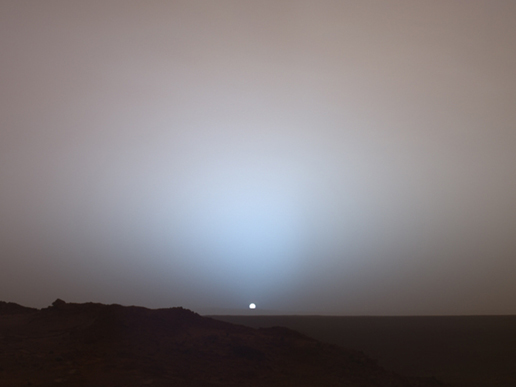
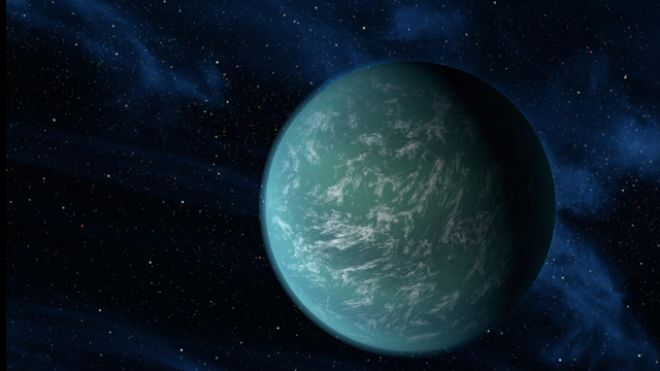
Moreover, just today scientists announced the discovery of two Earth-sized planets — Kepler 20e and Kepler 20f. “‘For the first time, we’ve crossed the threshold of finding Earth-size worlds,’ Torres says. ‘The next step is having an Earth-size planet in the habitable zone.’” And apparently Kepler 20f may have once had water, not unlike a planet closer to home…
“This is the single most bullet-proof observation that I can think of that we’ve made this entire mission regarding the liquid water.” Something to consider if we don’t manage to tackle global warming by 2006 — the prior existence of water on Mars is further confirmed through a trail of gypsum left within an ancient rock. “Both the chemistry and the structure ‘just scream water,’ Squyres added.“
And, on a grander scale, astronomers have begun to uncover supermassive black holes (no, not those ones) at the centers of galaxies. These are “the biggest, baddest black holes yet found in the universe, abyssal yawns 10 times the size of our solar system into which billions of Suns have vanished like a guilty thought.” In other words, plenty of room for Maximillian Schell to get lost in there…Tread carefully.